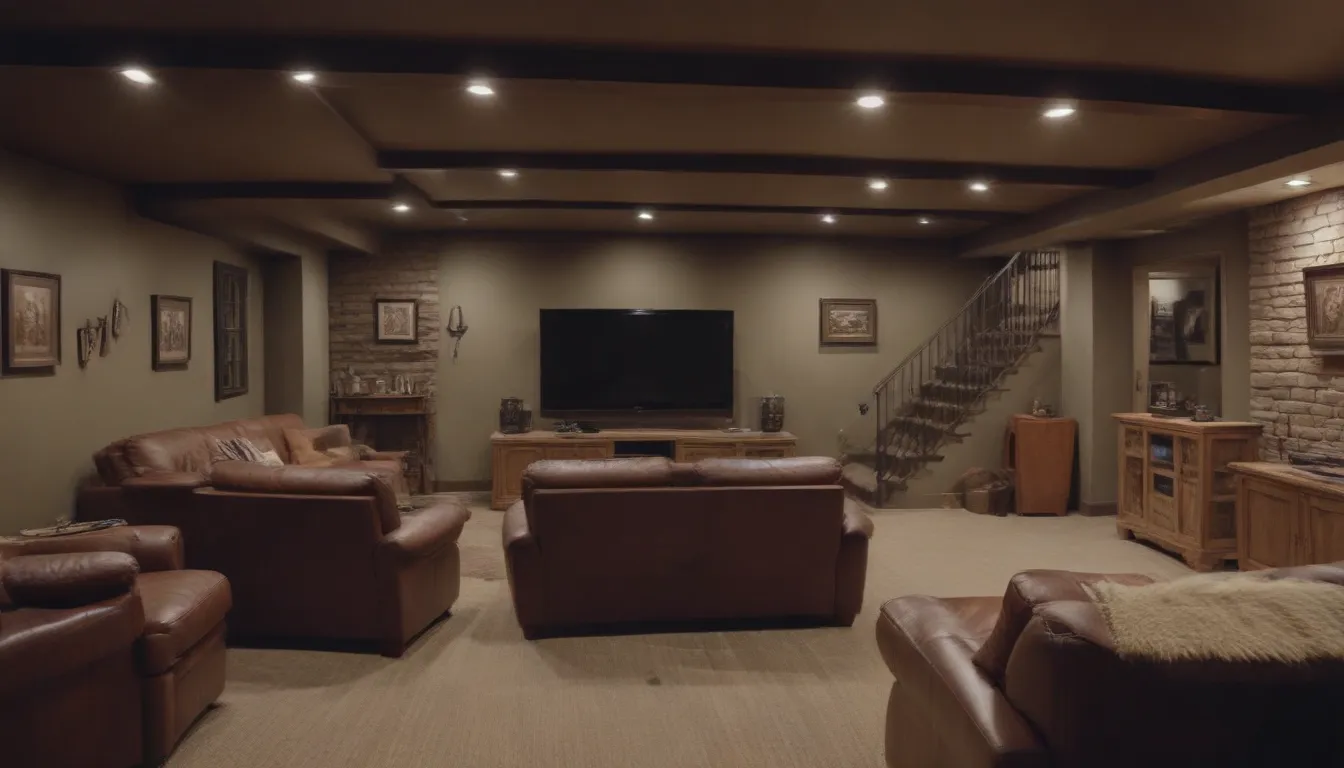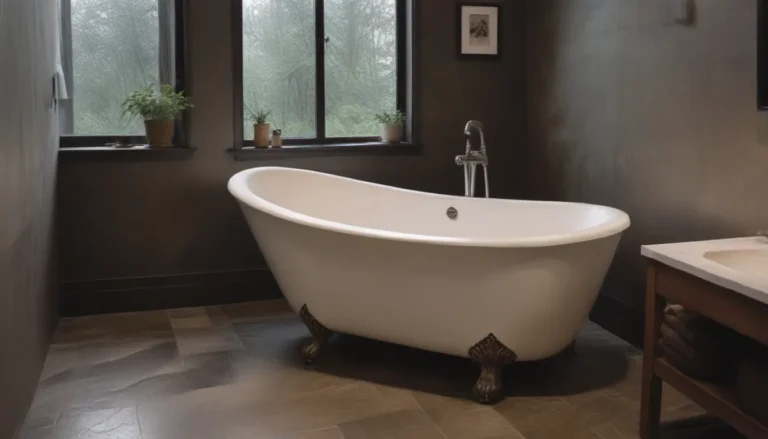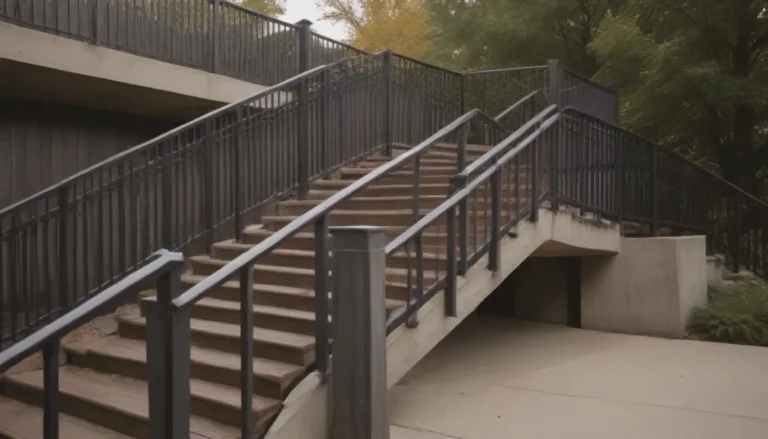Transforming Your Basement: A Comprehensive Guide to Basement Remodeling

If you’re a homeowner looking to expand your living space, the basement is a prime area to consider. Instead of building a costly addition, why not utilize the existing space beneath your home? Basements are often underutilized areas that can be transformed into cozy living spaces such as family rooms, media rooms, gyms, or even extra bedrooms. However, before diving into a basement remodeling project, there are some key factors to consider to ensure a successful transformation.
Understanding Moisture Control
One of the most critical aspects of basement finishing is moisture control. Excess moisture can pose a significant problem for a finished basement, leading to mold growth and other issues. Here are some tips to manage moisture in your basement:
- Use water-lock paint or special caulking to seal cracks and minor moisture issues.
- Consider installing a dehumidifier to remove excess moisture from the air.
- Elevate your flooring using a specially designed substrate for basements to prevent water damage.
In areas where basements are common, there are companies that specialize in moisture control for basements. Addressing moisture issues upfront will ensure a successful basement remodeling project.
Tip:
Older basements were not designed for full living spaces, so be prepared to overcome challenges when converting them into habitable areas.
Determining the Basement’s Purpose
Basements have unique characteristics, such as limited natural light and lower ceilings, which can influence the best use of the space. Consider the following factors when deciding on the purpose of your basement:
- Basements are ideal for spaces that don’t require abundant natural light, such as home theaters or gyms.
- If you’re converting the basement into an apartment, be mindful of the challenges of adding windows and light sources.
Understanding the limitations of basements will help you choose the best use for your space.
Planning Your Wall System
Walls play a crucial role in basement finishing, providing aesthetics, structural support, and electrical pathways. When planning your wall system, consider the following:
- Steel studs are a durable choice for basement walls, as they resist rot and moisture damage.
- Foam insulation is preferred over fiberglass for basement walls to prevent mold growth.
Selecting the right materials for your walls will enhance the overall functionality and durability of your finished basement.
Designing Your Electrical Layout
Electrical planning is essential for a finished basement to meet safety standards and code requirements. Consider the following when designing your electrical layout:
- Ensure you have an adequate number of electrical outlets to comply with code regulations.
- If including a bathroom in the basement, install lighting circuits, exhaust fan circuits, and GFCI outlets as required.
Proper electrical planning will create a safe and functional living space in your basement.
Addressing Heating and Cooling Needs
While some basements may naturally maintain comfortable temperatures, most will require supplemental heating and cooling. Consider the following for your heating and cooling system:
- Electric baseboard heaters are a quick and efficient way to heat a basement space.
- Utilize existing HVAC ductwork running through the floor joists above for additional heating and cooling options.
Planning for heating and cooling in advance will ensure a comfortable environment in your finished basement.
Meeting Egress Requirements
If you plan to include a bedroom in your basement remodel, egress requirements are essential for safety and code compliance. Consider the following:
- Local building codes may have specific egress requirements for habitable basement spaces.
- Installing a window as an egress point may be necessary to meet these requirements.
Incorporating proper egress points will enhance the safety and functionality of your basement bedroom.
Creating a Lighting Plan
Lighting is crucial in a basement where natural light is limited. Consider the following tips for an effective lighting plan:
- Recessed or can lights are popular choices for basement remodels, providing ample light in low-ceiling spaces.
- Plan for more lighting than you think you need to ensure sufficient illumination in all areas of the basement.
A well-thought-out lighting plan will enhance the ambiance and functionality of your finished basement.
By considering these key factors and tips, you can transform your basement into a functional and inviting living space that meets your needs and enhances your home’s value. Remember to prioritize moisture control, proper planning, and safety to create a basement that you and your family will enjoy for years to come.





